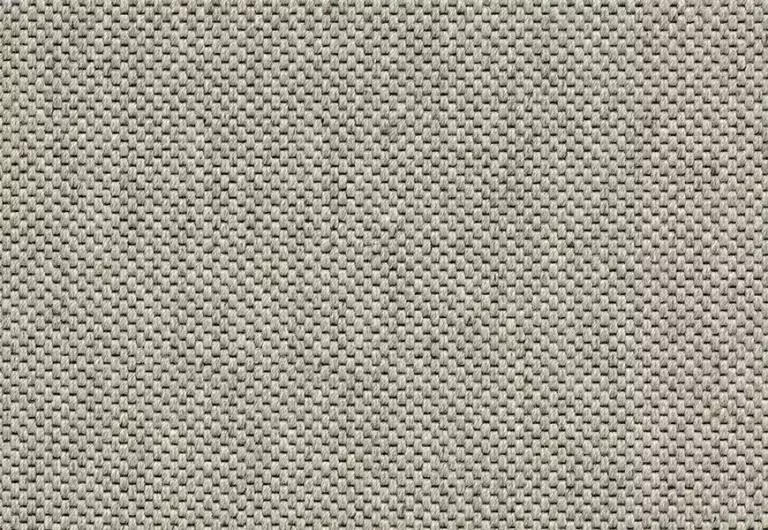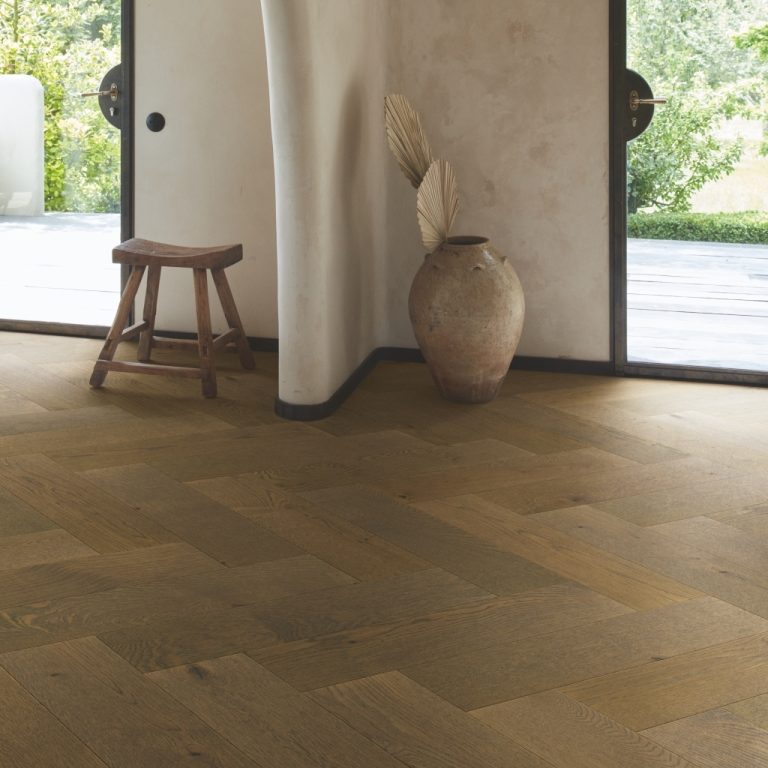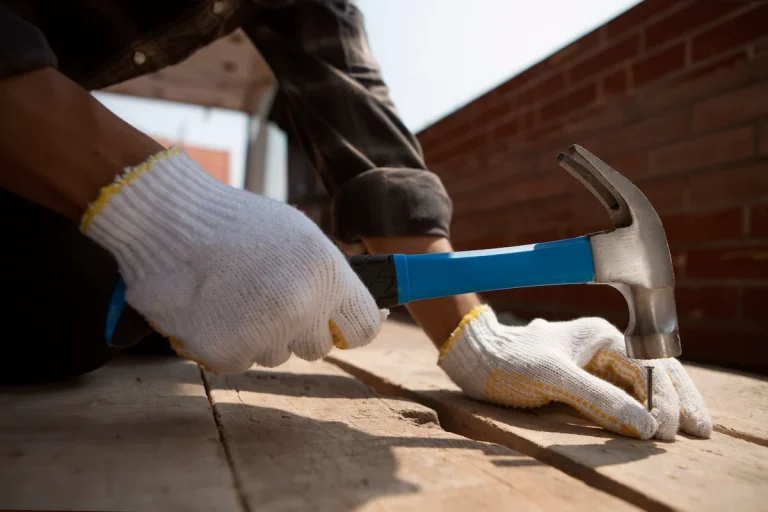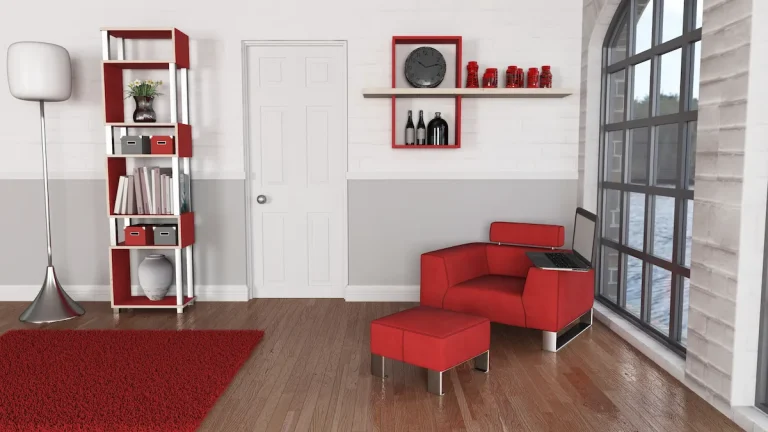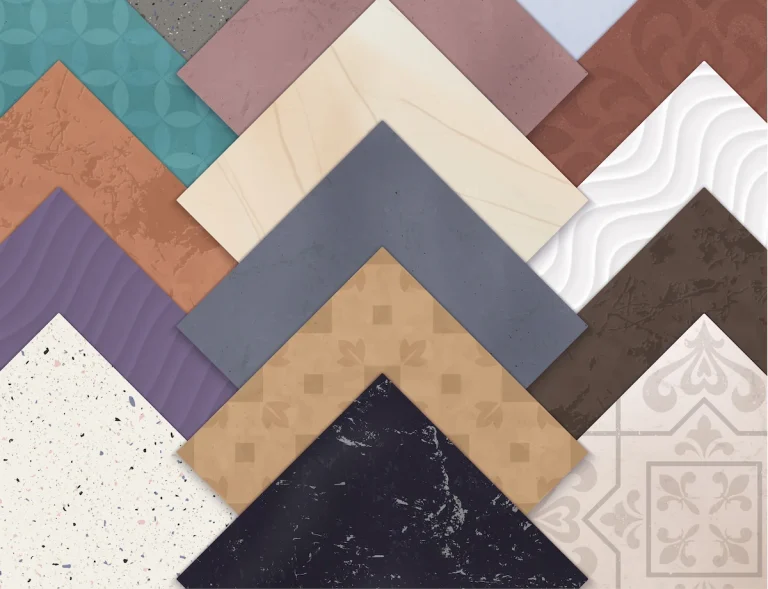Choosing the right warm flooring can make a remarkable difference in your home’s comfort and energy efficiency—especially during colder months. In this article, we explore which type of flooring is the warmest, analysing material options, insulation potential, and heating compatibility. From soft carpets to efficient vinyl tiles, understanding these choices will help you find the warmest type of flooring for your needs.
Which Type of Flooring Is the Warmest?
Understanding the warmth potential of each flooring type will guide you toward the warmest type of flooring suitable for your home.
1. Carpet
Carpet is often the immediate answer to which type of flooring is the warmest, especially in bedrooms and lounges.
- Pros: Excellent heat retention, soft underfoot, reduces noise.
- Cons: Can stain, may not suit damp areas like kitchens.
With proper underlay and maintenance, carpet creates an unmatched sense of cosiness.
2. Hardwood Flooring
Natural wood, particularly engineered hardwood, offers warmth and character.
- Pros: Long-lasting, visually appealing, retains heat.
- Cons: Can be costly, may need extra care in humid or damp conditions.
Engineered options provide enhanced stability and insulation, making them a strong contender for the warmest type of flooring.
3. Cork Flooring
Cork is a standout in the conversation around which type of flooring is the warmest due to its natural insulative properties.
- Pros: Naturally warm, quiet underfoot, sustainable.
- Cons: Susceptible to moisture damage if not properly sealed.
Its spongy texture adds comfort while helping maintain consistent warmth.
4. Vinyl Flooring
Vinyl tiles and planks, especially LVT, combine affordability with good thermal qualities.
- Pros: Moisture-resistant, compatible with underfloor heating, soft underfoot.
- Cons: May not feel as warm as carpet or cork without heating.
With added insulation or radiant heating, vinyl can be a practical and cosy solution.
5. Laminate Flooring
Laminate can effectively mimic hardwood while offering acceptable heat retention when paired with the right underlay.
- Pros: Budget-friendly, stylish, easy to clean.
- Cons: Can feel cool without underfloor heating.
If you’re looking for an economical way to achieve warmth, laminate with insulation is a smart choice.
Factors to Consider When Choosing the Warmest Flooring
Before exploring the different types of flooring, it’s important to consider a few essential factors. Insulation, underfloor heating compatibility, climate, and material properties all influence which type of flooring is the warmest and most suitable for your living space.
1. Material Selection
Different materials retain heat in varying degrees. Carpet, cork, and hardwood are frequently considered the warmest flooring types.
- Carpet: Known for its insulating properties, it traps warm air and feels soft underfoot.
- Cork: Naturally insulating and eco-friendly.
- Hardwood: Particularly engineered wood, offers substantial heat retention.
- Vinyl & Laminate: Provide moderate warmth and can work well with added insulation or heating systems.
2. Insulation Capabilities
Insulation plays a vital role in determining the warmest type of flooring. Good insulation helps retain heat, which enhances comfort and reduces heating costs.
- Underlay: Used beneath laminate, carpet or vinyl, it improves thermal insulation.
- Floor Joist Insulation: Adding batt or rigid foam insulation can drastically increase warmth.
- Engineered Boards: Often come with insulating cores that help trap heat.
3. Underfloor Heating Compatibility
One way to boost floor warmth is through underfloor heating. Not all materials are compatible, so selecting one that works well with heating systems is vital.
- Best Matches: Luxury vinyl tiles (LVT), engineered wood, and laminate.
- Less Suitable: Thick carpet and some natural hardwoods may inhibit heat transfer.
4. Location and Climate
Where you live affects which flooring retains the most heat. Homes in cooler climates will benefit from warm, dense flooring combined with insulation or heating systems.
- Cool Climates: Prioritise cork, carpet, or LVT with underfloor heating.
- Mild Regions: Laminate or hardwood with a warm underlay may suffice.
- Humid Areas: Choose moisture-resistant warm flooring like vinyl or engineered wood.
Conclusion: Choosing the Warmest Flooring for Your Needs
Selecting the warmest flooring involves more than simply picking a soft surface. It requires consideration of insulation, heating compatibility, climate, and personal preferences. Whether your priority is eco-friendliness, ease of maintenance, or maximum thermal comfort, options like carpet, cork, and engineered wood each offer excellent solutions depending on your home’s layout and needs.
If you’re still unsure which type of flooring is the warmest for your space, TEKA Flooring can help. Our expert team offers guidance on selecting the warmest type of flooring to suit your home and lifestyle. Visit our blog or contact us today to discover premium flooring options tailored to your comfort.
Read also:



























